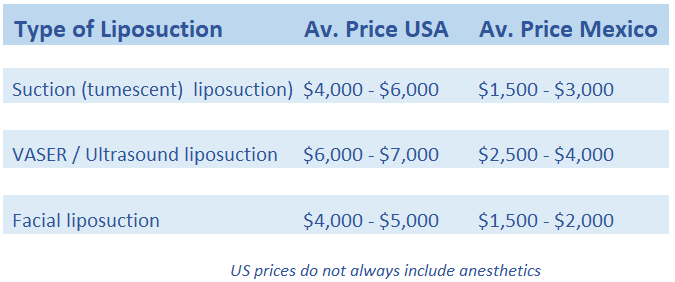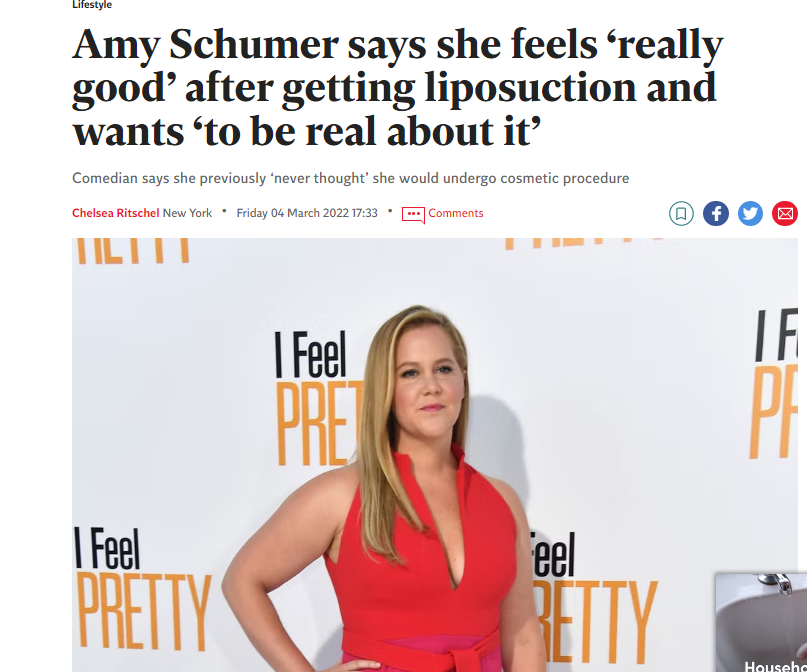Liposuction
How much pain will I feel after surgery?
You will have some pain and discomfort for a few days following your surgery. With the help of some medication, you should find it manageable. But it is a good plan not to be active during this early recovery period.
Besides that, you will certainly be able to carry on with most of your everyday life, including reading, watching tv and going out for a walk. On a pain scale, it is certainly not 10 out of 10.
The most discomfort you will feel will last between 2 to 4 days at most. A compression garment will help reduce any swelling that might occur in the treated area.
The recommendation is to plan to return to work after seven days. For more physical activities such as exercising, keeping fit etc., allow yourself 4 or 5 weeks before you are ready.
If you overdo it, then you may cause extra swelling, bruising or even break your stitches.
You don't want this after having gone through the treatment, so take it gradually and allow your body to heal.
Finally, when you sleep at night, be sure not to lie on your tummy because this can put extra pressure on your wound and upset your healing.
VASER Liposuction – What parts of the body can you treat?
Liposuction is likely to be high on your list of considerations if you are contemplating cosmetic surgery to sculpt your body and remove unwanted fatty tissue.
VASER liposuction is well established as it is considered less invasive than traditional liposuction and can result in a faster recovery with less swelling, bruising, and discomfort. In addition, this procedure loosens fatty deposits ahead of time, reducing the trauma on the body.
Most clients that consider VASER liposuction target the following areas:
● Neck and chin.
● Upper arms.
● Calves and thighs.
● Hips.
● Buttocks.
● Abdomen and 'love handles.'
How is VASER liposuction carried out?
VASER is an acronym for Vibration Amplification of Sound Energy at Resonance. The procedure involves using an ultrasound to break up fatty deposits in the body and sucking them out through a tube.
As a VASER liposuction client, you are placed under anaesthesia – either local (meaning your body will be numb but awake during the procedure) or general (putting you to sleep throughout the surgery.)

The procedure itself breaks down as follows:
● A saline solution is injected directly into the area that is to be treated, which causes fatty deposits to expand, while managing their temperature.
● A small incision will be made with a scalpel – don't worry, this will not be large enough to leave a scar – and an ultrasound probe inserted.
● The surgeon uses the ultrasound energy released by the probe to break down the fat found in your body. This is then sucked out through a cannula tube.
Once this is complete, your VASER liposuction journey concludes. Fatty deposits have been removed from your body, and you will experience the aesthetic benefits once the swelling calms down.
If you had local anesthesia, you will likely be able to head home on the same day as the procedure. You will probably be too groggy to drive, so ask somebody to help you get home safely. If you opt for a general anesthetic, you may be asked to remain in a hospital overnight to ensure your body does not experience any adverse reactions.

Should I consider VASER liposuction?
Only some people will be eligible for VASER liposuction. Therefore, you may need to make some suggested lifestyle changes so that a reputable surgeon will agree to treat you.
The ideal candidate will carry a bit of excess weight but should not be considered obese by a medical professional. Your doctor will advise you to get your BMI below 30 before undertaking VASER liposuction. This is not a weight loss surgery; it's a nip-and-tuck procedure to sculpt the body and remove small amounts of excess fat.
Don't starve yourself and undertake a crash diet to qualify for VASER liposuction. Most surgeons expect clients to maintain a steady weight for at least a year before considering this procedure, though some will consider working with individuals after six months.
If you're considering VASER liposuction, be honest about any medical conditions you may be living with. For example, prolonged heart disease, diabetes, or concerns surrounding the thyroid gland may disqualify you from candidacy for this procedure. At best, you are asked to undertake a thorough health assessment to review the risks.
Smoking is also a strict no-no in the immediate build-up to VASER liposuction. This is because smoking negatively impacts blood flow to the skin, leading to complications with any cosmetic procedure.

How much does VASER liposuction cost?
This depends on a range of factors, including the rate card of your surgeon of choice, the area in which you undertake the procedure, and your personal preferences. If you wish to be put to sleep by general anaesthesia, expect to pay a little more than you would as an in-client under local anaesthesia.
You could save some money on your procedure by travelling overseas. Many European countries offer cost-effective cosmetic surgery procedures. However, factor in the expense of your flights and any insurance policies you'll need for this brand of "health tourism," and consider the risks inherent in a potential language barrier and spending a period of recovery overseas.
If you seek domestic treatment, VASER liposuction could cost as much as $17,000, though the average price is around half this. You can't use a health insurance policy, as VASER liposuction is considered cosmetic surgery.
Are there any risks to VASER liposuction?
Any cosmetic surgery comes with a measure of risk. However, you can negate these potential hazards by choosing the best surgeon for the procedure and ensuring you follow any lifestyle instructions laid out in the build-up and following on from your VASER liposuction.
Some of this procedure's most commonly discussed risks include potential skin burning, bacterial infection, and swelling caused by seroma build-up. These side effects are considered less likely if you work with a qualified, experienced cosmetic surgeon. Some measure of pain and discomfort will follow the procedure for at least a week, and you will experience swelling for some time.
There is always a risk that the impact of VASER liposuction will be reversed if you fail to maintain a healthy weight and lifestyle in the aftermath of the procedure. While this surgery permanently removes fat cells from the body, it will not prevent the formation of replacements in the event of a poor diet or exercise regime.
Remember that VASER liposuction does not tighten the skin – it simply removes fat from the body. Discuss your options with your cosmetic surgeon if you are worried about excess skin following the procedure. You may be better off considering an alternative to VASER liposuction.
Pros and Cons of Vaser Liposuction
Pros
#1 Due to its popularity and use worldwide, it has proven to be a tested and safe procedure for fat removal. After a few days' rest, you can return to your everyday life.
#2 It is very effective when it is used to remove fat cells in particular body areas because those cells do not grow back. Keep your body in good shape because you can still put on weight elsewhere.
#3 It does allow you to remove stubborn areas of fat, not attainable solely through exercise or healthy eating. Each procedure can remove at least 4 lbs of fat.
It is ideal for Healthy eaters and keep-fit people who cannot get rid of unwanted fat any other way.
#4 For those seeking a more attractive physical appearance, liposuction offers an extra, safe, and effective way of getting there.
If body appearance matters to you, the result will help establish your self-esteem.
Cons
#1 It is possible due to lack of elasticity in your skin, the final result may look lumpy. The result is more likely to affect older people, whose skin elasticity reduces.
This often settles down over time
#2 After the procedure, and you may develop pockets of fluid. These can be drained afterwards.
#3 Patients often feel slight numbness in the area where the procedure was carried out.
#4 It is possible that a skin infection occurs. But this is very rare.
#5 Swelling around the treated area can occur a few days later.

How long does it take to recover from VASER liposuction?
Minor VASER liposuction procedures, for example, removing excess fat around the face or upper arms will typically see you fully recovered within a week. After that, you'll need to wait for the worst swelling and bruise to calm down and allow any soreness to pass.
More elaborate procedures, such as a full-body VASER liposuction, may take around two weeks to recover. You should wear a compression belt around any area that has been treated for at least a month to keep swelling to a minimum and help the body tone up.
